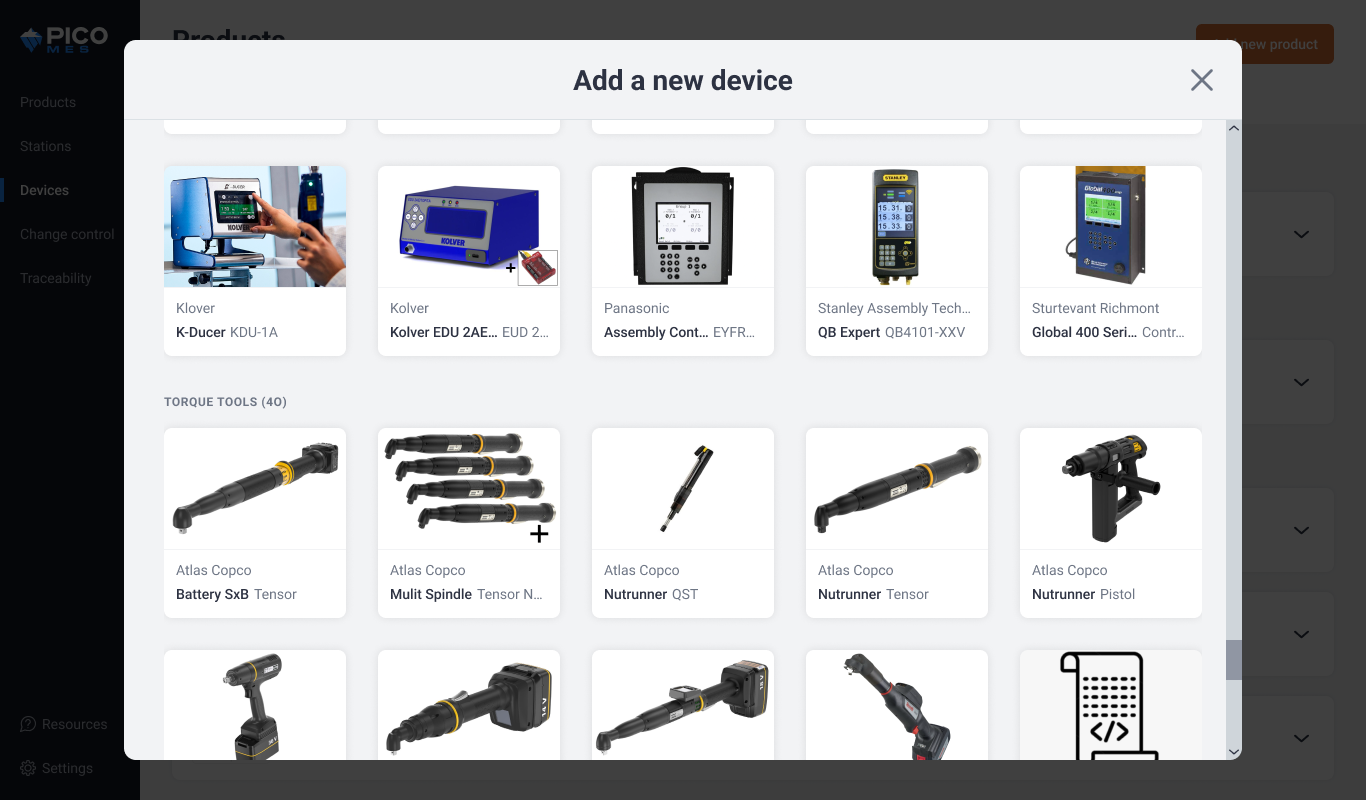#{ item.name }
#{ truncateText(item.metadescription) }
“How can I optimize my cycle time?”
It’s a question that frustrates manufacturing engineers and operations leaders alike—especially when production delays, missed targets, and hidden inefficiencies keep surfacing. While countless strategies promise to improve cycle time, most fall short if they ignore one critical issue: manual tracking.
In this blog we’ll discuss why you need to let go of manual tracking if you really want to optimize your cycle time.
Greg Whitt, Continuous Improvement Manager at MORryde
talks about the value of automating time studies.
Spreadsheets, clipboards, and handwritten notes might seem sufficient for tracking cycle times—they’re familiar, they’re flexible, and they don’t cost much. But familiarity doesn’t mean efficiency.
Manual tracking methods create blind spots that get in the way of productivity and improvement. A recent study found that 94% of business spreadsheets contain critical errors, posing serious risks for operational mistakes and decision-making based on inaccurate data.
Without real-time data, manufacturers operate in the dark—struggling with data fragmentation, delayed feedback loops, and a lack of visibility into root causes of inefficiencies. The result? Inaccurate tracking of production speeds, missed early warning signs of delays, and inconsistent workflows that erode efficiency.
In fact, over 75% of employees spend up to three hours a day just entering data—hours that could be redirected to solving problems and optimizing processes. Instead of proactively managing issues, teams are forced into a reactive cycle, scrambling to fix disruptions after they’ve already impacted operations.

"I love it because there's so much information from a time study standpoint and from having a feedback loop of how production is actually going on the floor. That used to be a completely foreign concept to us."
Greg Whitt
Process Improvement Engineer
MORyde International
Optimizing cycle time starts by ditching manual tracking. Real-time data solutions eliminate guesswork, offering instant, precise visibility into your production process. When delays occur—whether at a workstation, with an operator, or due to equipment failure—teams can act before minor issues spiral into major disruptions.
Automated data collection reduces the burden of manual entry, ensuring accuracy and freeing up operators to focus on productivity and quality.
Real-time data also makes manufacturers more agile. Instead of reacting to problems after they’ve hurt output, teams can adapt on the fly to shifting production demands without breaking workflow. Decision-making becomes sharper, troubleshooting faster, and costly mistakes rarer.
By analyzing both real-time and historical data, teams can also uncover performance trends, identify bottlenecks, and implement continuous improvements with confidence. Ultimately, real-time tracking creates a foundation for sustained operational excellence, helping manufacturers reduce downtime, lower operational costs, and achieve faster, more consistent cycle times. Digital solutions don’t just improve processes—they create a foundation for sustained efficiency, faster cycle times, and smarter manufacturing decisions.
PICO helps all manufacturers achieve faster, more consistent cycle times by providing real-time visibility into every stage of production. By integrating with over 200 shop floor devices, PICO captures accurate, real-time data, eliminating the guesswork of manual tracking. Manufacturers can identify bottlenecks the moment they appear, ensuring quick intervention to keep workflows running smoothly.
With intuitive dashboards and real-time alerts, production leaders can monitor performance metrics, spot inefficiencies, and address issues before they disrupt output. As operations grow, PICO scales effortlessly, adapting to new production lines and facilities while maintaining data integrity. Its advanced analytics tools help teams uncover trends, expose inefficiencies, and drive continuous process improvements.
By replacing manual tracking with PICO’s real-time data solutions, manufacturers can effectively reduce downtime, make informed decisions, and optimize cycle times.
Manual tracking is holding your production back more than you think, so it's time to move forward with real-time data. Real-time data empowers faster decisions, reduces downtime, and boosts productivity, helping your shop time optimize their cycle time and focus maximizing production efficiency.
Want to learn more? Read the Buyer's Guide: Key Features in a Manufacturing Data Analytics Tool to discover what to look for in a solution that drives results or book a demo to explore how PICO’s real-time tracking transforms operations.
#{ truncateText(item.metadescription) }
Step into the future of factory operations with Pico MES. Start your journey toward a more efficient, error-proof factory floor today.
